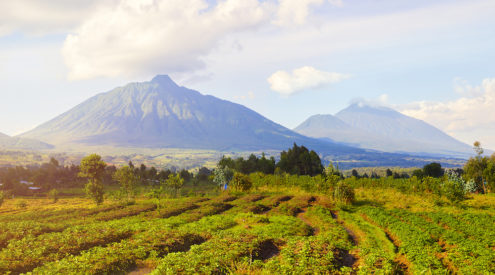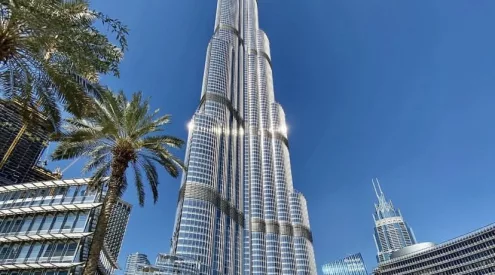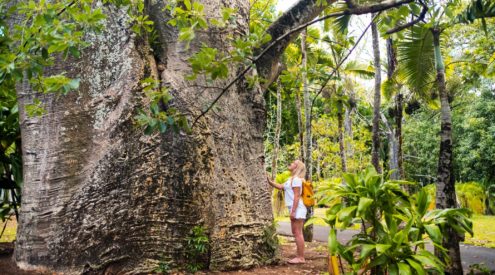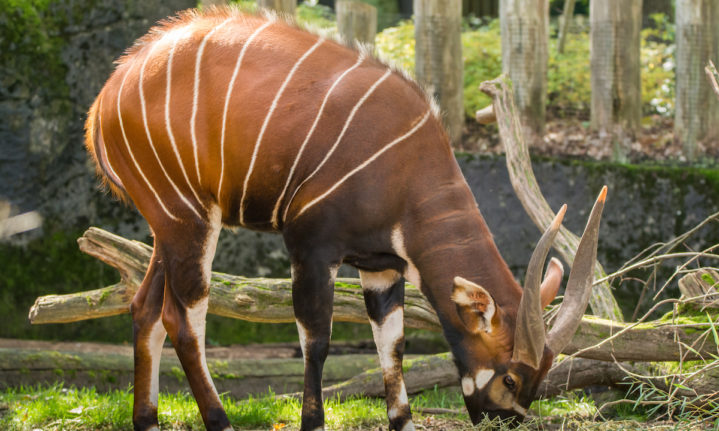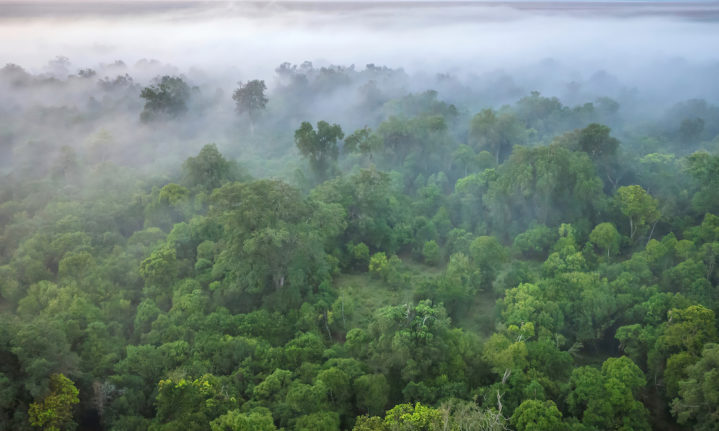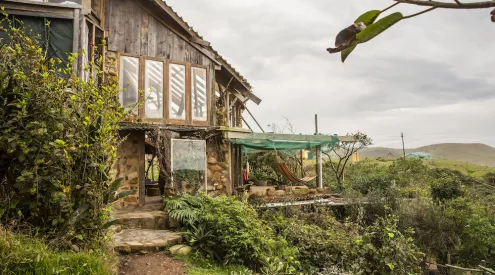A household biogas project has been introduced to the communities surrounding the twin peaks of Mount Eburu. The intention of the project is to protect the Eburu forest and reduce the local citizens’ need for timber, firewood and charcoal.
Mount Eburu in Kenya is home to 87 square kilometres of montane forest. Forty species, including the critically endangered mountain bongo (a type of antelope), live within this forest reserve. Unfortunately, Eburu has suffered degradation as surrounding communities rely on the reserve for fuel and food.
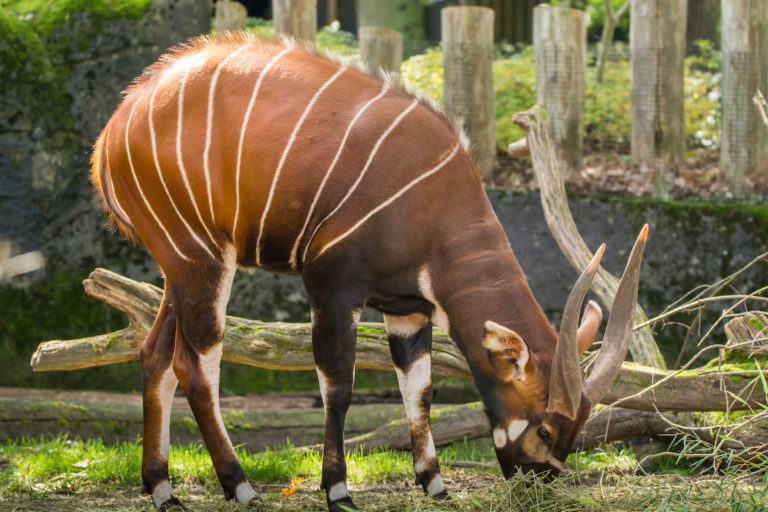
Over the past several decades, illegal hunters, loggers and others have been harvesting charcoal, firewood, and timber. Some farmers enter the reserve to search for medicinal plants and wild honey, graze their livestock, or carry out initiation rites. Other farmers have been observed planting millet, marijuana and cassava crops within Eburu’s boundaries.
In 2014, a charity that works alongside the Kenya Forest Service Rhino Ark tried fencing off the forest reserve. They also initiated tree-planting programs to restore damaged forests and supply locals with fruit trees. Rhino Ark introduced portable kilns where charcoal could be made from crop residue, and it expanded conservation-awareness school clubs.
However, locals continued to enter the reserve and continue their usual activities. Rhino Ark realised it needed to supply citizens with an alternative energy source to protect Eburu.
Rhino Ark Eburu Forest supervisor Joseph Montogu told Mongabay that ‘the aim of bringing biogas project in Eburu was to lessen pressure on the forest. Though it has been fenced off, there are still challenges that can only be solved by alternative energy like biogas. Locals having an alternative energy source will mean they don’t have to go to the forest to cut down trees for wood fuel.’

The balloon plant biogas systems allow households to feed livestock manure or human waste into a digestion chamber. The waste is then broken down by microorganisms and produces methane that’s caught in a ‘balloon-like chamber’. Pipes are connected from the balloon to gas lamps and stoves in users’ houses.
The only catch in the solution is that local citizens are primarily unable to afford this new system, although many are interested in it.
A local vegetable farmer said that ‘though it’s been reduced to $300, still many can’t afford it, which is very sad. She urges ‘financial and conservation organisations to offer grants to the community to enable [them] to install the system in every home.’
Pictures: Getty Images
Follow us on social media for more travel news, inspiration, and guides. You can also tag us to be featured.
TikTok | Instagram | Facebook | Twitter
ALSO READ: SA government withdraws regulations to protect endangered species

